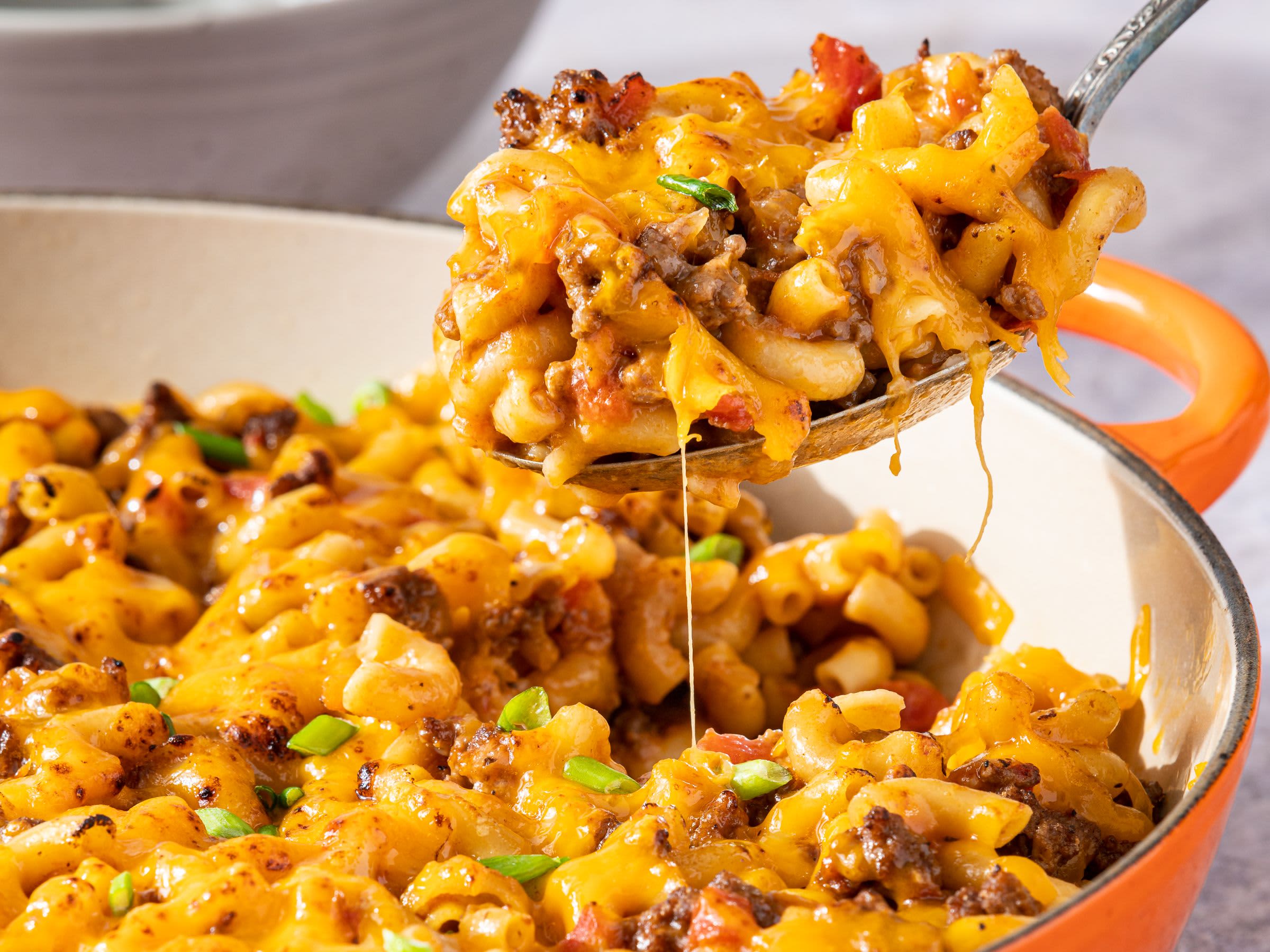Two Treasure Valley college students have shown a eager eye for invention, earning an all-bills-compensated vacation to Washington, D.C., as countrywide finalists for eCYBERMISSION – a U.S. Army STEM competitors for students in grades six by nine.
Soon after volunteering at the Idaho Foodbank, sixth graders Kashvi Bansal and Rishi Gajera noticed that sorting donated food stuff by nutritional value usually takes up precious volunteer resources. Wanting to make it simpler to locate nutritious substances, they crafted a machine that automatically kinds foods objects by dietary content material.
Their unit received recognition at nearby and regional eCYBERMISSION competitions. They are a single of 20 teams attending nationals this weekend and a person of 5 groups to earn a $5,000 STEM-In-Action grant in recognition of their project’s group affect.
Kashvi and Rishi, college students at Boise’s Treasure Valley Math and Science Center, are the initial Idaho team to make it to nationals. As the sixth-grade associates for the West, they beat out teams from larger states, together with California.
The pair calls themselves Cloudy with a Possibility of Robotics. It’s a identify motivated by 1 of their most loved films, “Cloudy with a Chance of Meatballs.”
Kashvi and Rishi experience a kinship with the motion picture, in which a scientist invents a machine that provides new foods to a town that only has sardines.
“We’re kind of inventing healthful food for folks and helping them take in healthful. But rather of meatballs, we have robotics,” Kashvi discussed.
With limited engineering practical experience, Kashvi and Rishi realized how to build their prototype with guidance from their adviser, Raj Bansal, and YouTube. Just after numerous iterations, they formulated a functioning prototype that can classify food stuff with a digital camera.
Customers work the gadget with a touchscreen. Behind the touchscreen is the “heart” of the challenge, stated Rishi: a Raspberry Pi. This is a compact, low-expense laptop that connects the touchscreen to the digital camera.
The camera snaps 10 images of a meals item’s nutritional label. Then, the device picks a single picture to approach. With Python, a popular and adaptable programming language, the product performs optical character recognition on the label – indicating that text is extracted and examine from the graphic.
When the label is transformed to a textual content file, the food items item is categorised by its dietary information into just one of the 5 groups applied by the Idaho Foodbank: protein, grain, greens, dairy or pantry staples.
Additionally, every single item will get a unique ID to be stored in a databases for upcoming reference.
Persons really don’t have time to examine just about every value on a dietary label and decide irrespective of whether food is healthier or not, Kashvi claimed. Their unit works by using an algorithm based mostly on health tips to instantly present which meals category an item goes in, she extra.
Food items financial institutions aim to offer healthier and nutritious meals for neighbors struggling to make finishes satisfy, mentioned Jane McLaughlin, volunteer applications supervisor at the Idaho Foodbank.
Kashvi and Rishi’s system reveals ingenuity and raises awareness about foods stability alternatives, McLaughlin claimed. “To have any individual that young that needs to seem at supporting food protection through the United States – it is really phenomenal.”
The pair introduced their do the job to the Idaho Foodbank’s board of administrators, Idaho’s secretary of state and the governor’s workplace, in which they been given feedback on their thought and presentation abilities.
Now, Kashvi and Rishi are working towards for their presentation in D.C.
They’re anxious but enthusiastic. They’ve even received themed ties for the occasion. Kashvi is carrying a hamburger tie, to represent unhealthy foodstuff, and Rishi’s wearing 1 embellished with fruits and veggies.
In D.C., they’ll do much more than just contend – they will also find out about occupations in STEM and STEM in the U.S. Army.
Nationals won’t be the conclude of the road for Cloudy with a Opportunity of Robotics. Kashvi and Rishi intend to make improvements to the unit and convert it into a additional transportable and accessible smartphone application.
The venture has aided determine their occupation aims and ambitions.
Kashvi, fascinated in chemistry and the science of food stuff, wants to be a chemical engineer. And Rishi, who relished the iterative engineering procedure, wishes to be a laptop or computer scientist.
And the venture has also specified them new wisdom about the foods marketplace, which they are keen to share: “They say that there’s no sugar, but there actually is!”






